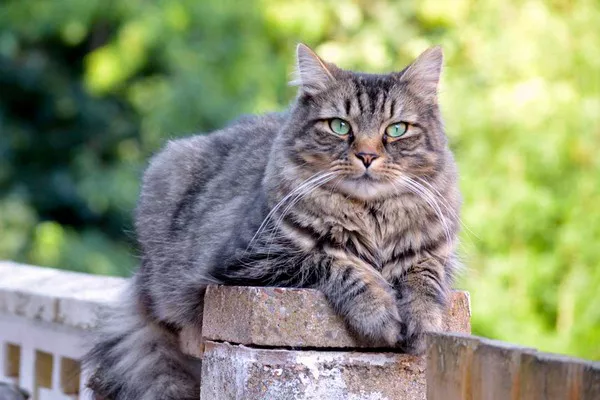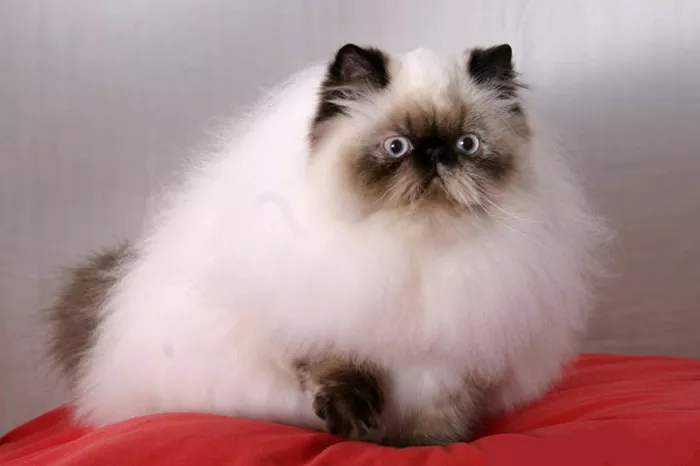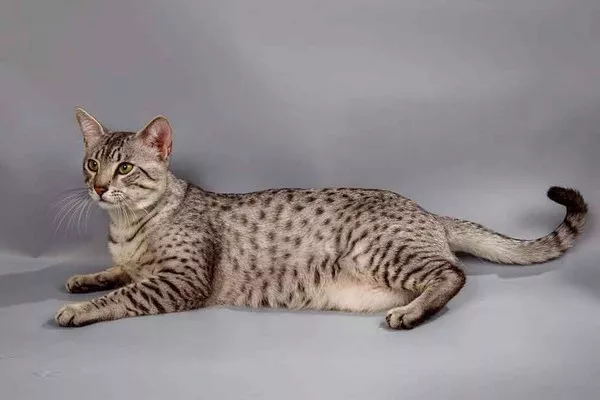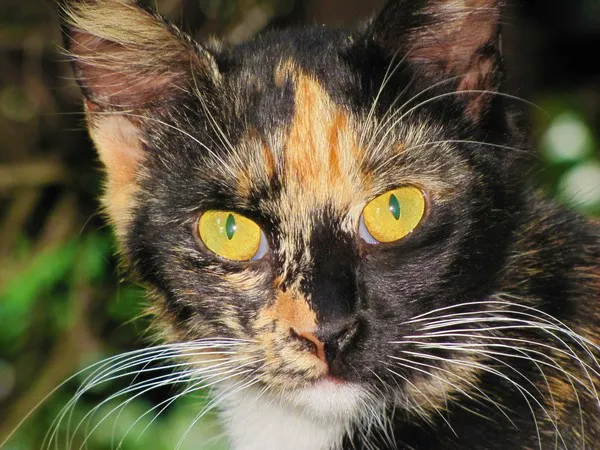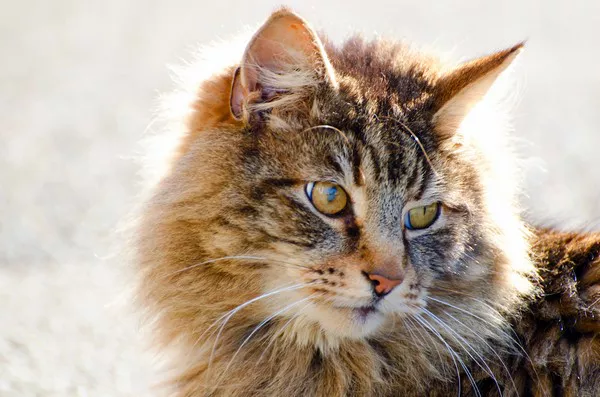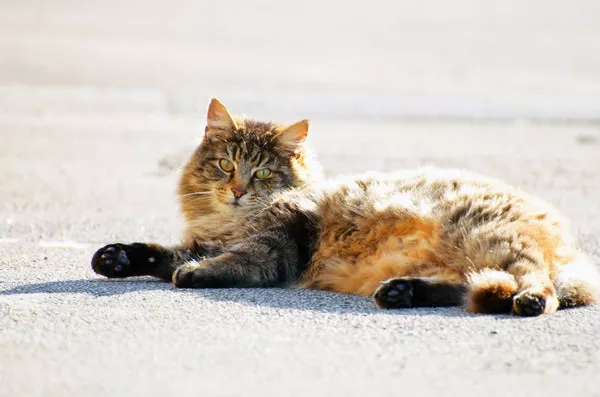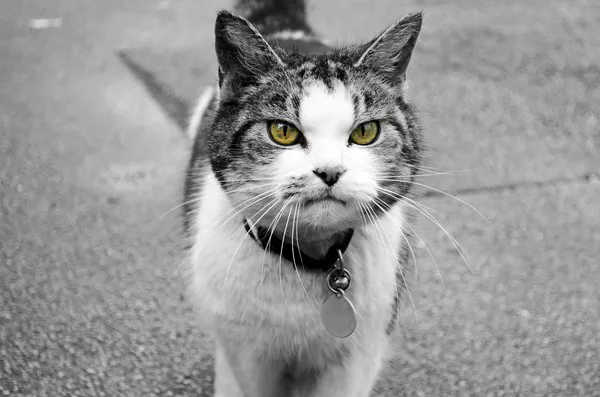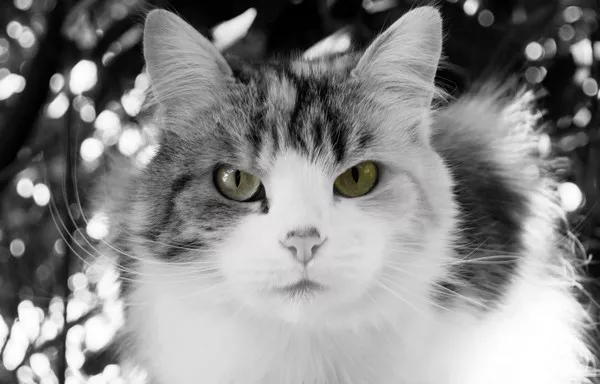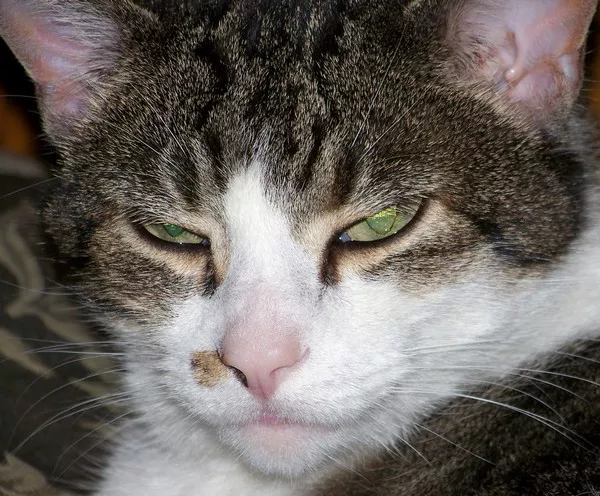Norwegian Forest Cats, with their striking appearance and affable nature, have captivated the hearts of cat enthusiasts around the world. Originating from Norway, these cats are known for their robust build, long, water-resistant coats, and bushy tails, which helped them survive the harsh Scandinavian winters. Often referred to as “Wegies,” they are adapted to an active outdoor lifestyle. However, in modern living scenarios, keeping them indoors can be both beneficial and fulfilling provided they receive appropriate care and training. This article explores the feasibility of keeping Norwegian Forest Cats indoors and provides detailed training tips to ensure they thrive in an indoor environment.
Understanding the Nature of Norwegian Forest Cats
Before delving into the specifics of indoor living, it is crucial to understand the inherent traits of the Norwegian Forest Cat. This breed is known for its intelligence, playful spirit, and strong physical capabilities. Originally bred for hunting and climbing in the rugged landscapes of Norway, Wegies are naturally active and enjoy exploring their environment.
Benefits of Keeping Norwegian Forest Cats Indoors
Safety and Health:
Keeping Norwegian Forest Cats indoors can significantly increase their lifespan by protecting them from outdoor hazards such as traffic, predators, diseases, and extreme weather conditions. Indoor environments can also prevent them from getting into fights with other animals or getting lost.
Bonding and Behavioral Management:
Indoor living can enhance the bond between cats and their owners as they interact more frequently. It also allows for closer monitoring of the cat’s health and behavior, facilitating timely training and corrections that prevent the development of unwanted habits.
Control of Environmental Impact:
Indoor cats are less likely to hunt wildlife, a behavior that can negatively impact local fauna. Keeping Wegies indoors helps conserve local wildlife while preventing the cats from bringing home prey, which can be distressing for some pet owners.
Challenges of Indoor Living for Norwegian Forest Cats
Need for Physical Activity and Mental Stimulation:
Given their active nature, Norwegian Forest Cats require ample physical and mental stimulation to prevent boredom and maintain physical health. Lack of activity can lead to obesity, joint issues, and behavioral problems.
Space and Climbing Needs:
These cats are natural climbers and may require more vertical space than other breeds. Ensuring enough stimulating environment indoors is crucial to mimic the outdoor experiences they crave.
Training Tips for Keeping Norwegian Forest Cats Indoors
To successfully keep a Norwegian Forest Cat indoors, owners must be proactive in creating a stimulating environment and engaging in regular training. Here are comprehensive strategies and training tips:
1. Early Socialization and Habituation
Introduce your Norwegian Forest Cat to various stimuli and environments from an early age. Exposure to different sounds, sights, and smells can help them adapt to indoor living while reducing fear and anxiety.
Training Tips:
Gradually expose them to different areas of the home.
Introduce them to new people and pets under controlled conditions.
2. Litter Training
Proper litter training from a young age is essential for indoor living. Wegies are usually very hygienic and learn to use the litter box quickly.
Training Tips:
Place the litter box in a quiet, accessible location.
Maintain cleanliness of the litter box to encourage its use.
3. Scratching Behavior Management
Scratching is a natural behavior for cats, used for marking territory and keeping their claws in good condition.
Training Tips:
Provide multiple scratching posts and pads around the home.
Use catnip or toys to attract them to the scratching posts.
4. Climbing and Exploration
To satisfy their climbing instincts, provide adequate vertical spaces such as cat trees, shelves, or furniture that is safe for climbing.
Training Tips:
Strategically place cat trees near windows or in active family areas.
Ensure stability of all climbing structures to prevent accidents.
5. Intellectual Stimulation and Play
Engage your Norwegian Forest Cat in interactive play sessions using toys that stimulate their hunting instincts, such as laser pointers, feather wands, and puzzle feeders.
Training Tips:
Schedule regular playtimes to keep them mentally and physically active.
Rotate toys to maintain interest.
6. Training and Positive Reinforcement
Norwegian Forest Cats respond well to positive reinforcement techniques. Training them in basic commands or tricks can provide mental stimulation and strengthen your bond.
Training Tips:
Use treats or favorite toys as rewards.
Be consistent with commands and rewards.
7. Handling and Grooming
Regular grooming is essential due to their thick coats, especially during shedding seasons. Early and regular handling can help make grooming a positive experience.
Training Tips:
Start grooming when they are kittens to get them accustomed.
Use grooming sessions as an opportunity for bonding.
Conclusion
Norwegian Forest Cats can thrive indoors if provided with the right environment and training. By understanding their nature and needs, owners can create a fulfilling indoor life that safeguards their health while satisfying their instinctual behaviors. Through consistent training and adequate environmental enrichment, Norwegian Forest Cats can enjoy a safe, engaging, and happy indoor life, maintaining their majestic allure and charming companionship for years to come.

